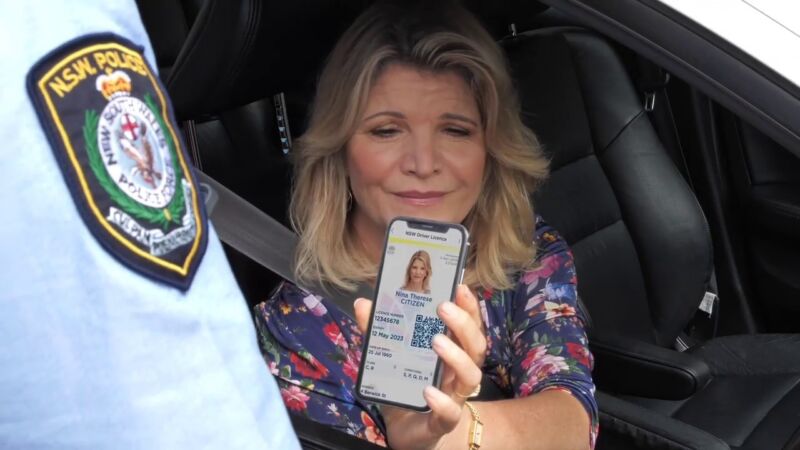“Tough to forge” digital driver’s license is… easy to forge

Enlarge (credit: Service NSW)
In late 2019, the government of New South Wales in Australia rolled out digital driver's licenses. The new licenses allowed people to use their iPhone or Android device to show proof of identity and age during roadside police checks or at bars, stores, hotels, and other venues. ServiceNSW, as the government body is usually referred to, promised it would provide additional levels of security and protection against identity fraud, compared to the plastic [driver's license]" citizens had used for decades.
Now, 30 months later, security researchers have shown that it's trivial for just about anyone to forge fake identities using the digital driver's licenses, or DDLs. The technique allows people under drinking age to change their date of birth and for fraudsters to forge fake identities. The process takes well under an hour, doesn't require any special hardware or expensive software, and will generate fake IDs that pass inspection using the electronic verification system used by police and participating venues. All of this, despite assurances that security was a key priority for the newly created DDL system.
To be clear, we do believe that if the Digital Driver's Licence was improved by implementing a more secure design, then the above statement made on behalf of ServiceNSW would indeed be true, and we would agree that the Digital Driver's Licence would provide additional levels of security against fraud compared to the plastic driver's licence," Noah Farmer, the researcher who identified the flaws, wrote in a post published last week.
Read 18 remaining paragraphs | Comments